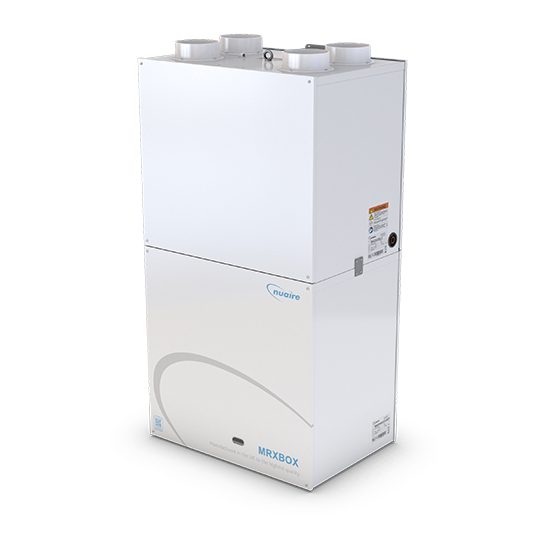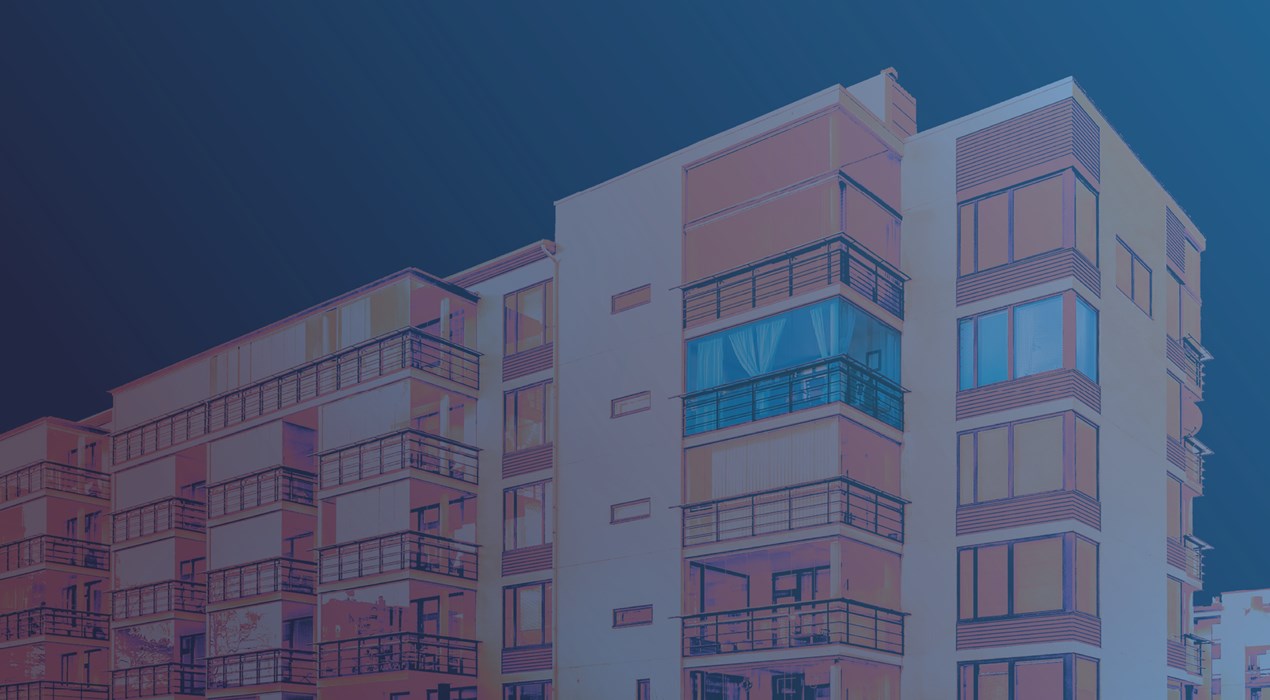
Nuaire Tackles Residential Overheating With New Hybrid Cooling System
August 2022
UK ventilation leader, Nuaire, today launches its new Nuaire Hybrid Cooling System, a cooling extension to its already established boxed-ventilation range, to tackle residential overheating head on and provide a solution for specifiers that confidently meets building regulations.
The new Nuaire Hybrid Cooling System is an ancillary cooling module that works with the existing Nuaire MRXBOX MVHR product to provide a whole new hybrid MVHR and cooling system - delivering clean indoor air while combatting overheating – a modern day issue in many high-rise new builds.

Building on its substantial knowledge within the industry, Nuaire has channelled its expertise to create an energy efficient, space saving system that can be effortlessly designed into new build specs that face overheating problems; such as floor to ceiling glazed apartments where natural ventilation is impossible due to environmental and noise pollution outside, and dwellings which are without shade to protect them from the sun’s heat.
Andrew Nash, Divisional Manager and overheating expert at Nuaire, says, “Overheating is a modern-day concern and not one which will be going away anytime soon – it can cause serious problems with sleep as well as heat stress, and present other major health risks meaning that often, overheated buildings are left abandoned in the hotter, summer months.
“Although current building regulations don’t talk enough about mechanical cooling, in most instances there is no other option. It’s important we tackle this issue and future-proof our residential systems to keep properties healthy and habitable going forward.”
It’s been well documented by the Met Office that the number of 'extremely hot days' could increase FOURFOLD from 10 to 37 per year if global temperatures rise by just 7.2°F. Even at this level it poses an increasing risk to human health from extreme heat.
Across main UK cities, warning signs are already evident
- Developers have no choice but to build upwards and make the most of the inner-city building footprint they have, limiting the availability of natural ventilation and relying more on mechanical means
- The ongoing trend in glass architecture to let in more light and create an airy feel within the space leads to overheating issues
- Well-insulated houses and buildings where windows do not open due to outdoor air pollution are major factors in over heating
- The need to make the client ‘happy’ with space saving, cheaper units that “just does the job” is prevalent
- Over-insulation and triple glazing have buildings sealed ‘too tight’
Experts claim that the global temperature is likely to rise 1.5 degrees above pre-industrial levels by 2051 and heatwaves will increase in frequency and duration sparking the immediate need to reconsider how we ventilate, heat and cool residential buildings going forward.
Nash agrees, “With these rising temperatures, 4.6m homes in England already reported to have problems with overheating and more new builds being built set to face these issues, it is time for a fresh look at how we ventilate and create an optimal thermal temperature all year round within a home.
“With no option for natural ventilation, mechanical clean air input and extract is a necessity,” Nash continues. “Therefore a new hybrid heating and cooling system needs to be considered to help with the optimisation of temperatures, especially within new builds.
“Our new Hybrid Cooling System is a new addition to the market, giving peace of mind for consultants needing to recommend solutions for clean, comfortable, temperate air throughout a property that confidently meets building regulations.”
Andrew Nash, Divisional Manager and overheating expert at Nuaire, says, “Overheating is a modern-day concern and not one which will be going away anytime soon – it can cause serious problems with sleep as well as heat stress, and present other major health risks meaning that often, overheated buildings are left abandoned in the hotter, summer months.

